I know by now you probably think you have a fair idea of how petrol cars work – even the hybrid ones, which have been around for more than two decades at this point.
But this one, the Nissan Qashqai Ti e-Power, might just test your knowledge a little bit. Because it is a hybrid, yes, just not as we've known them.
While relatively fresh to Australia, the technology isn't actually all that new. Nissan's e-Power has been around in Japan since 2016, when it debuted in that market's Note – a bite-sized city car not offered here.
But now it's in Australia, and specifically in the X-Trail and Qashqai, so it's time we figured out exactly what it is.
In this Ti trim, the Qashqai e-Power blends a petrol engine – in this case a turbocharged 1.5-litre unit – with an electric motor and a small 2.1kWh lithium-ion battery to produce a total 140kW and 330Nm.
So far, so familiar. But where the e-Power differs from conventional hybrids (the type used in Toyota's mega-popular electrified vehicles, like the RAV4 Hybrid or Corolla Cross Hybrid) is in the way it delivers its power.
See, in the Nissan, the petrol engine is used only as a power generator, used to recharge the battery or to deliver grunt directly to the electric motor.

The electric motor, and only the electric motor, drives the front wheels, meaning it behaves much like a true electric vehicle – smooth, constant acceleration without heavy revs or a wonky gearbox – but you also never need to plug it in. A hybrid, then, just not as we know them.
Nissan says this technological wizardry will deliver fuel use of 5.2L/100km on the combined cycle. That's not as good as the fuel figure Toyota says you'll see in the Corolla Cross Hybrid, by the way, with the Japanese giant promising a combined 4.4L/100km figure.

So, real world? Well, like most cars and their claimed figures, I've gotten close, but never landed on the money. My first couple of weeks with the Qashqai saw me travel some 445kms, for which my average fuel use was 5.7L/100km. To be fair, that period had lots of long-distance freeway driving, which helped to drop that figure.
The following two weeks were spent largely in the city, which saw my average fuel use climb to 7.2L/100km. In all, the Qashqai I've got has averaged 6.3L/100km over a total 2826kms. Not bad, but not quite 5.2L/100km, either.

But to be honest, viewing the Qashqai through an exclusively fuel-efficient lens is to do this urban SUV a disservice. For mine, the single biggest perk of the e-Power system has nothing to do with the petrol station, or trying to cover your commute in a vague green glow. It's actually far more simple than that.
In short, the e-Power system delivers a car that drives better than most hybrids. While conventional hybrid vehicles can be loud and thrashy, and drone on and on through their CVT gearboxes, the Qashqai is the opposite – smooth, quiet and comfortable, and genuinely EV like in the way it goes about its business.

The power isn't immense, but it's instant and unbroken by gearshifts, giving you smooth and easy acceleration no matter the circumstances. Yes, there is the sight weirdness of having a petrol engine occasionally revving out of synch with your pedal inputs (remember, the engine doesn't drive the wheels, so while it will kick in when you flatten your right foot to power the electric motor, it can also just kick in at random when the battery needs a top up) but you quickly get used to it.
The whole e-Power lark does then feel like a genuine bridge between petrol power and full electrification, given there's no need to ever plug this one in, but there is a sizeable catch.
If we agree e-Power is a bridge, then in the Qashqai Ti it's a bridge paved with diamonds and suspended by golden chains, because this vehicle is not cheap.

While the regular petrol-powered Qashqai Ti is a pricey $51,358 drive-away, fitting the e-Power tech ups the on-the-road cost to a sizeable $55,955. That's almost $20k more than the cheapest Qashqai, the petrol-powered ST, which is $37,375 on the road.
Those numbers aren't helped by the fact the most expensive Corolla Cross Hybrid, the Atmos, is $51,453 drive-away, while the cheapest hybrid in Toyota's Corolla Cross family is just $40,505 drive-away - a full $15k less than the Nissan.
So, a better drive experience, but also a far more expensive one. But at least you get plenty of bang for those bucks. But for that, and much more, you'll have to tune in next month.
Acquired: July, 2024
Distance travelled this month: 918.4km
Odometer: 3585km
Average fuel consumption this month: 7.2L/100km
Nissan Qashqai 2024: TI E-Power (hybrid)
| Engine Type | Turbo 3, 1.5L |
|---|---|
| Fuel Type | Electric/Pulp |
| Fuel Efficiency | 5.2L/100km (combined) |
| Seating | 5 |
| Price From | $48,950 - $56,210 |
| Safety Rating |
|
Pricing Guides

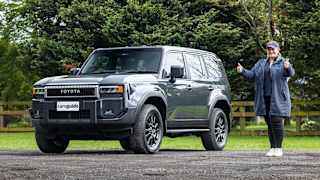
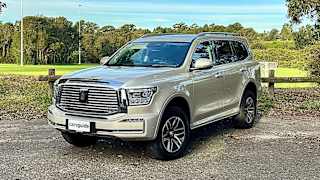
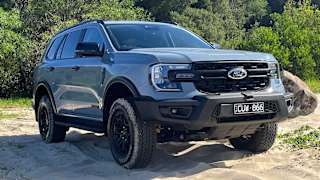
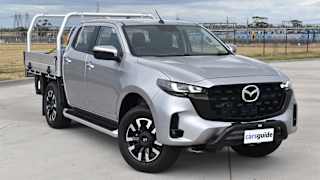
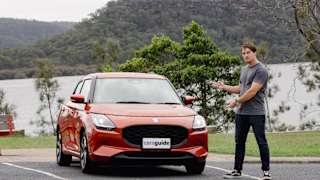
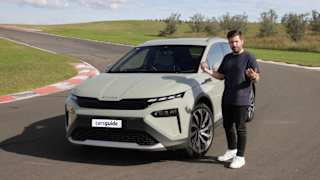
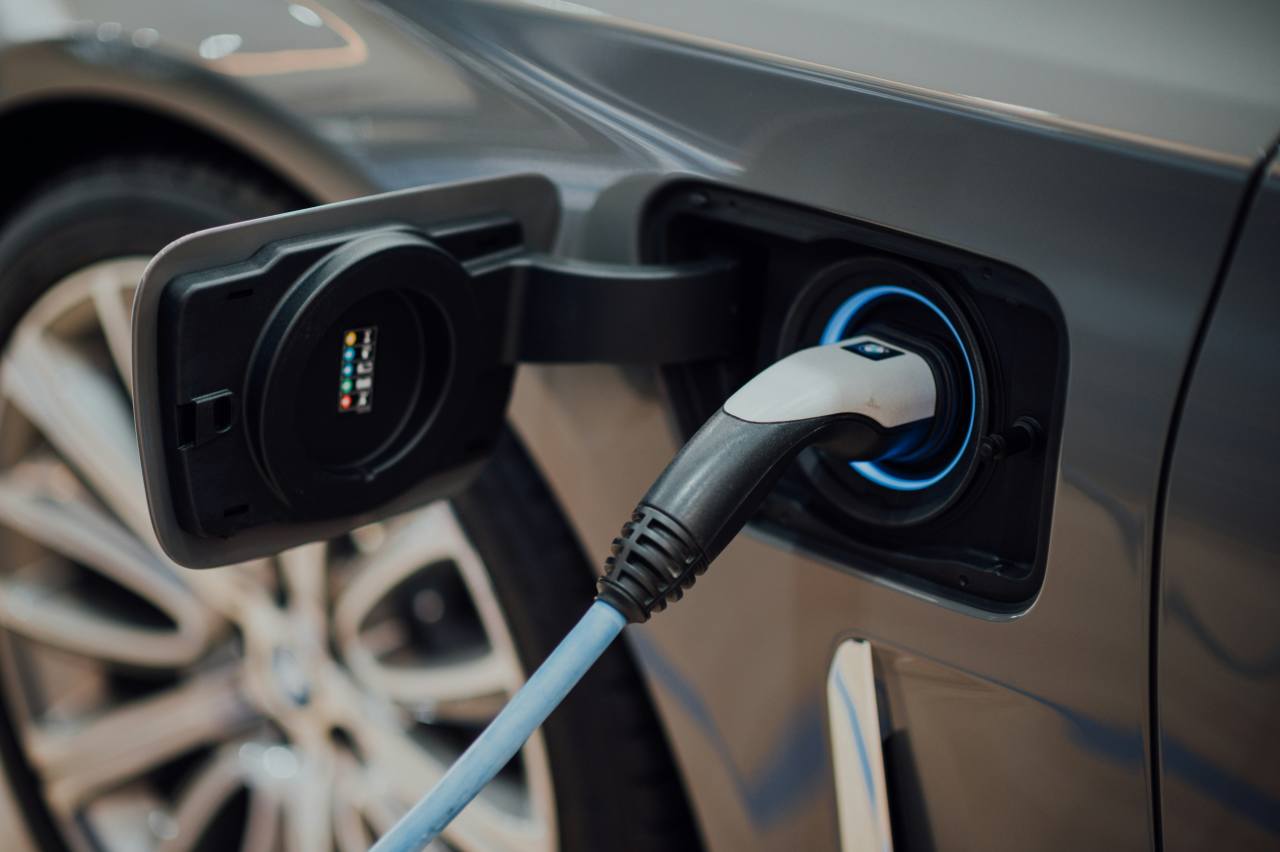
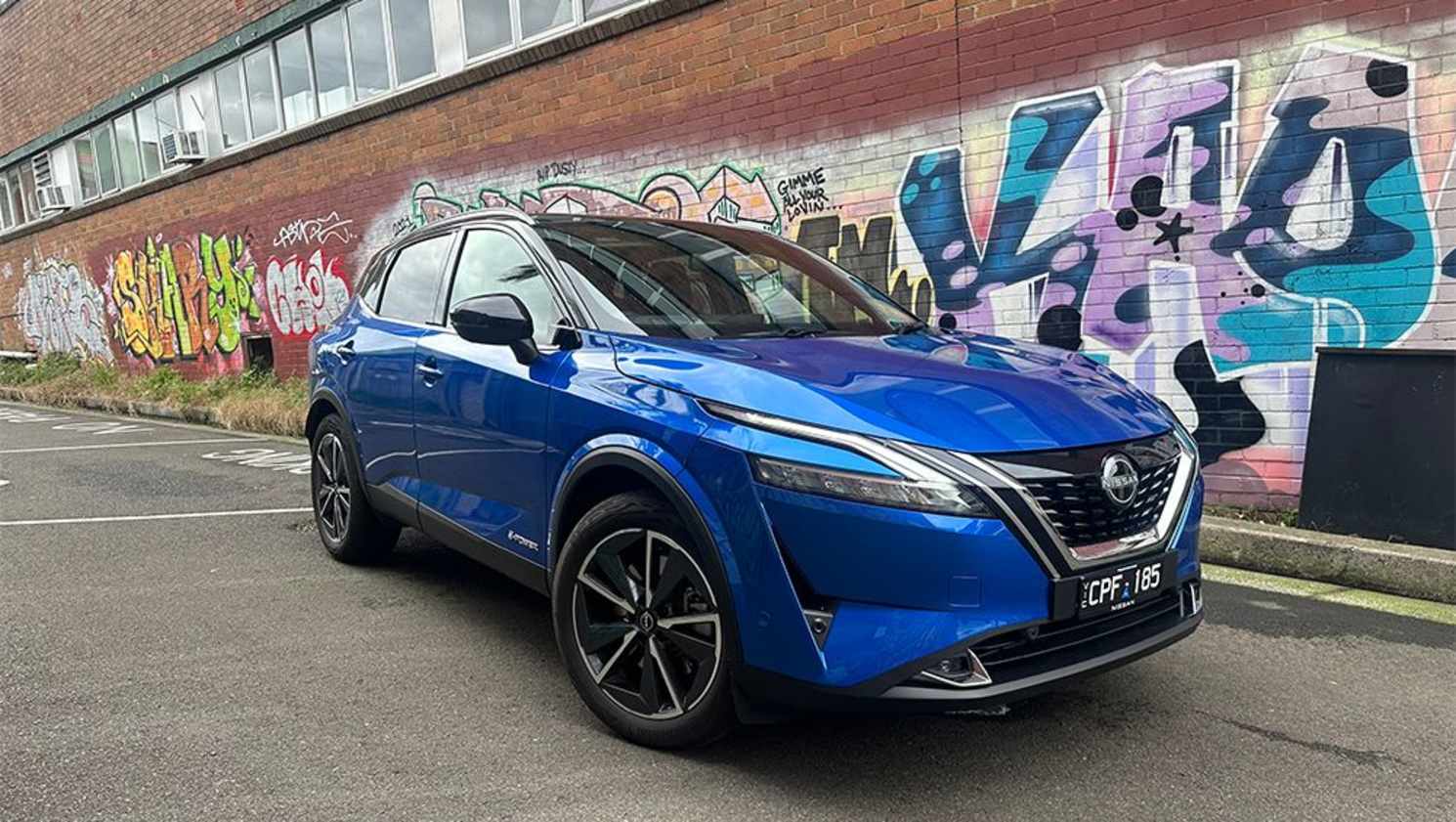




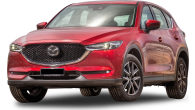





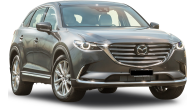
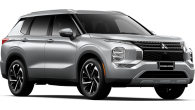



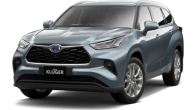



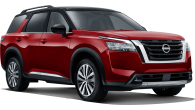







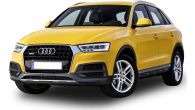
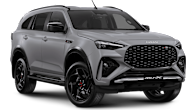











.png)

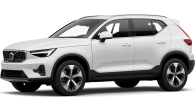






.png)


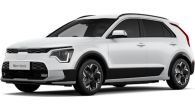
.png)
.jpg)

.jpg)


.jpg)